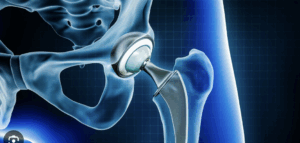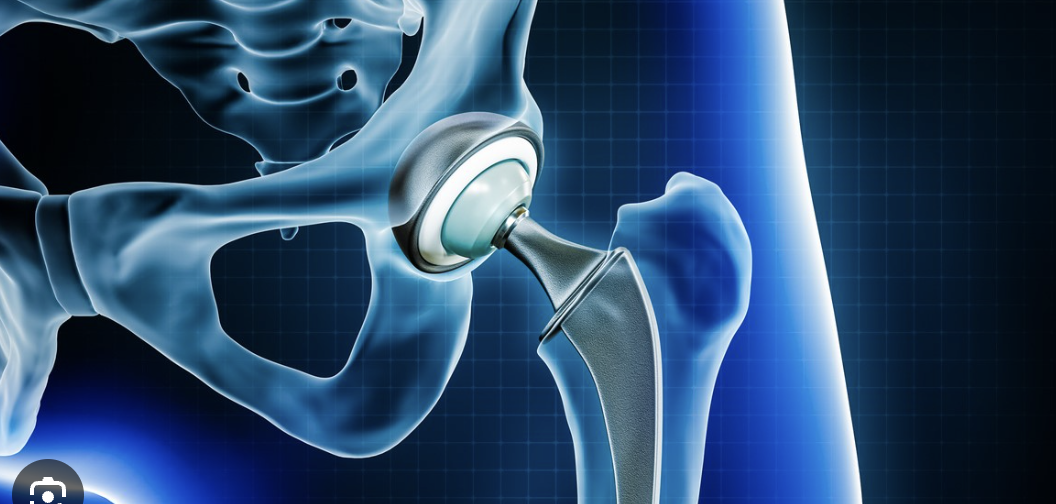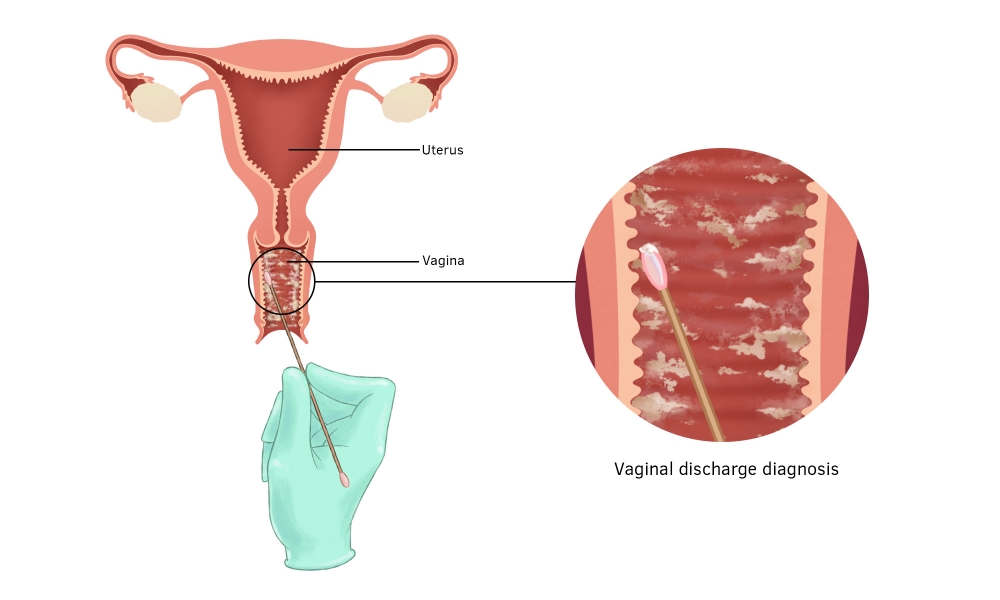Hip pain can significantly affect your quality of life, making even simple daily activities like walking, sitting, or climbing stairs a challenge. For many people, hip replacement surgery becomes the ultimate solution to restore mobility and live pain-free. If you or a loved one are considering this procedure, it’s important to understand what it involves, the benefits, the risks, and the recovery process.
In this blog, we’ll cover everything you need to know about hip replacement surgery, including when it is needed, types of hip replacements, surgery procedure, recovery timeline, cost, and tips to ensure long-term success.
What is Hip Replacement Surgery?
Hip replacement surgery, also known as total hip replacement, is a procedure in which a damaged or worn-out hip joint is replaced with an artificial implant. These implants are made of metal, ceramic, or plastic components that mimic the natural movement of the hip joint.
This procedure is most commonly recommended for patients suffering from severe arthritis, hip fractures, or long-term hip pain that does not improve with medications or physiotherapy.

When Do You Need Hip Replacement Surgery?
Not all cases of hip pain require surgery. Orthopaedic doctors usually suggest hip replacement surgery when:
-
You have severe hip pain that limits everyday activities like walking, bending, or climbing stairs.
-
Pain persists even during rest or at night.
-
Non-surgical treatments such as pain medications, physiotherapy, and lifestyle changes are no longer effective.
-
Stiffness in the hip joint makes movement difficult.
-
X-rays or MRI scans show significant damage to the hip joint.
Conditions that often lead to hip replacement include:
-
Osteoarthritis (wear-and-tear arthritis)
-
Rheumatoid arthritis (inflammatory arthritis)
-
Hip fractures
-
Avascular necrosis (loss of blood supply to the bone)
Types of Hip Replacement Surgery
There are different types of hip replacement procedures, depending on the patient’s condition and age:
-
Total Hip Replacement (THR) – Both the ball and socket of the hip joint are replaced with prosthetic implants.
-
Partial Hip Replacement (PHR) – Only the ball portion of the hip joint is replaced.
-
Hip Resurfacing – The damaged bone and cartilage are trimmed and capped with a metal covering instead of replacing the entire joint.
-
Minimally Invasive Hip Replacement – A newer technique that uses smaller incisions, leading to quicker recovery.
Your orthopaedic surgeon will decide which procedure is best based on your medical condition and lifestyle needs.
What Happens During Hip Replacement Surgery?
Hip replacement surgery is typically performed under spinal or general anaesthesia. The steps usually include:
-
The surgeon makes an incision in the hip area.
-
The damaged bone and cartilage are carefully removed.
-
An artificial implant is placed to replace the ball and socket of the hip joint.
-
The new joint is fixed securely, and the incision is closed.
The surgery usually lasts 1–2 hours, and most patients are encouraged to walk with assistance the very next day.
Benefits of Hip Replacement Surgery
Many patients report significant improvements in their lifestyle after a successful hip replacement. The key benefits include:
-
Relief from chronic hip pain
-
Improved mobility and flexibility
-
Ability to resume daily activities and hobbies
-
Enhanced sleep quality due to reduced pain
-
Long-lasting results – most implants last 15–20 years
Risks and Complications
Like any surgery, hip replacement also carries some risks, although they are rare with modern techniques. These may include:
-
Blood clots
-
Infections
-
Implant wear and tear over time
-
Dislocation of the artificial joint
-
Differences in leg length
Choosing the best hip replacement surgeon and following post-surgery care instructions greatly reduces these risks.
Recovery After Hip Replacement Surgery
Recovery after hip replacement is a gradual process and varies for each patient. Here’s a general timeline:
-
First Few Days: Patients begin walking with the help of crutches or a walker.
-
First 4–6 Weeks: Physiotherapy exercises help improve strength and mobility.
-
3 Months: Most patients return to normal daily activities without pain.
-
6–12 Months: Full recovery with improved joint function.
Tips for faster recovery:
-
Follow prescribed physiotherapy exercises regularly.
-
Avoid bending too much or crossing your legs in the initial weeks.
-
Maintain a healthy diet for bone healing.
-
Keep follow-up appointments with your surgeon.
Hip Replacement Surgery Cost in India
One of the most common questions patients ask is about the hip replacement surgery cost.
-
The cost can range between ₹2,00,000 to ₹5,00,000 depending on the hospital, city, type of implant, and the surgeon’s expertise.
-
Minimally invasive and robotic hip replacement may cost slightly more due to advanced technology.
-
Many insurance policies cover partial or full costs of the procedure.
Always consult your hospital in advance for a detailed cost estimate.
How to Choose the Best Hip Replacement Surgeon
Choosing the right orthopaedic surgeon is one of the most important decisions before surgery. Look for:
-
Experience in performing hip replacement surgeries
-
Use of advanced techniques like minimally invasive or robotic-assisted surgery
-
Good patient reviews and success rates
-
Availability of proper rehabilitation and physiotherapy support
Conclusion
Hip replacement surgery has transformed the lives of millions of people worldwide by restoring mobility and eliminating pain. If you are struggling with chronic hip pain, consulting an experienced orthopaedic specialist can help you determine whether total hip replacement or another treatment is right for you.
With the right care, hip replacement implants can last for decades, allowing you to enjoy a pain-free and active lifestyle.







